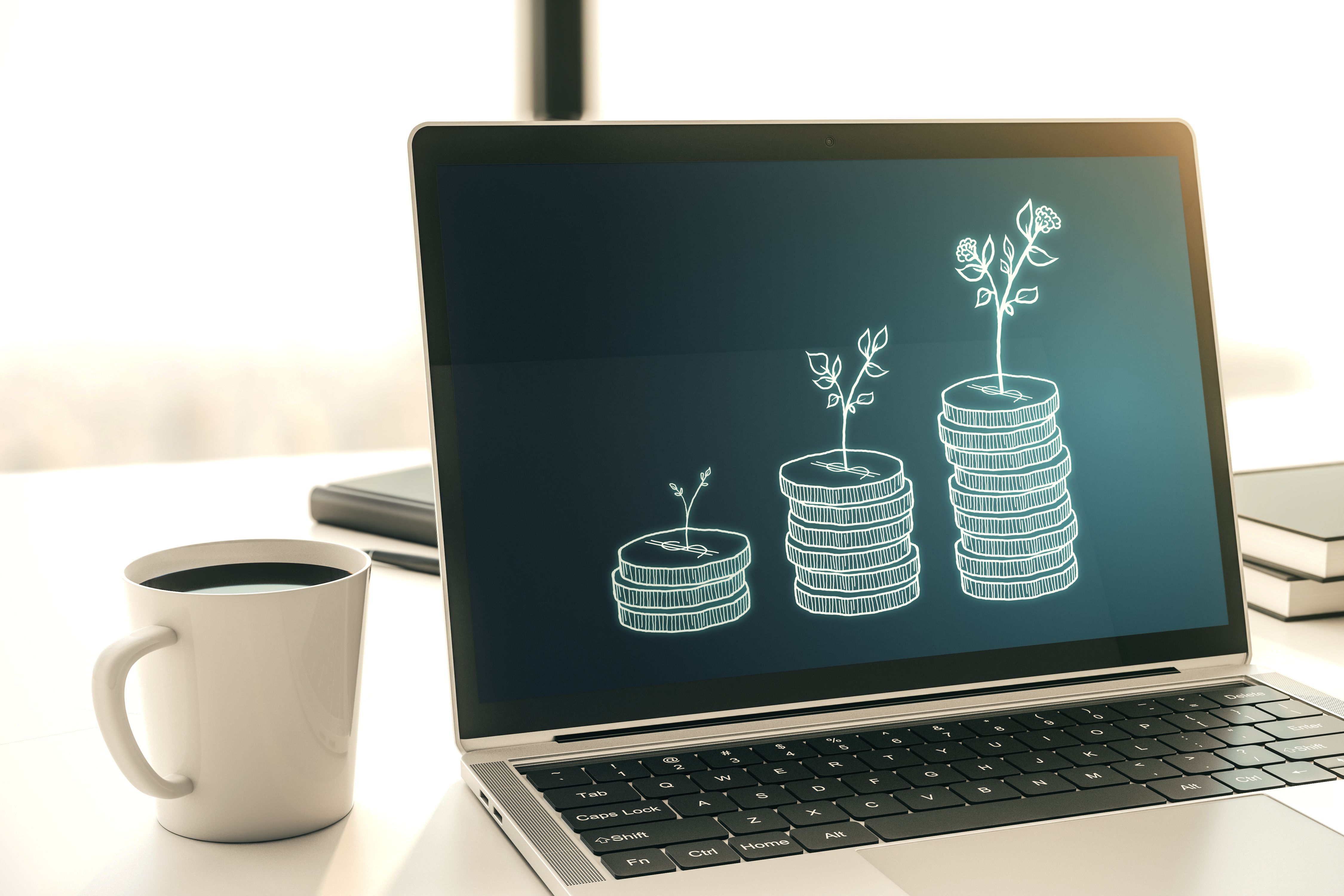Building an Emergency Fund: A Financial Safety Net for Unexpected Expenses
Understanding the Importance of an Emergency Fund
Life is full of surprises, and not all of them are pleasant. Whether it's a sudden medical expense, car repair, or job loss, unexpected costs can throw a wrench in your financial stability. This is where an emergency fund steps in, acting as a financial cushion to help you navigate these turbulent times without derailing your financial goals.
An emergency fund is essentially a dedicated savings account designed to cover unexpected expenses. Having this safety net ensures that you can handle unforeseen situations without resorting to high-interest credit card debt or loans. It's a proactive approach to financial management that can provide peace of mind and stability.

How Much Should You Save?
The amount you should save in your emergency fund varies depending on your individual circumstances. A common rule of thumb is to aim for three to six months' worth of living expenses. This range offers a comfortable buffer for most people, allowing them to cover essential costs like housing, utilities, food, and transportation during times of financial uncertainty.
For those with more unpredictable income streams, such as freelancers or gig workers, it may be wise to save even more—up to nine months' worth of expenses—since income can vary month to month. The key is to tailor your emergency fund to fit your personal financial situation.
Steps to Build Your Emergency Fund
Building an emergency fund may seem daunting, but breaking it down into manageable steps can make the process more achievable. Here are some steps to get started:
- Assess your monthly expenses: Calculate your average monthly expenses to determine how much you'll need in your emergency fund.
- Set a savings goal: Based on your assessment, set a realistic savings goal and timeline.
- Create a budget: Review your current spending habits and identify areas where you can cut back to allocate more funds toward your emergency savings.
- Automate your savings: Set up automatic transfers from your checking account to your savings account to ensure consistent contributions.

Where to Keep Your Emergency Fund
Choosing the right place to store your emergency fund is crucial. This money should be easily accessible in case of emergencies but kept separate from your everyday spending account to avoid temptation. A high-yield savings account is often a good choice, offering both liquidity and interest earnings.
Money market accounts or short-term certificates of deposit (CDs) are other options that may provide slightly higher interest rates while still allowing access during emergencies. The goal is to find a balance between accessibility and growth potential.
Maintaining and Growing Your Fund
Once you've established your emergency fund, it’s important to maintain it. Regularly review your finances and adjust your savings contributions as needed. Life changes such as a new job, moving, or family additions should prompt a reassessment of your emergency fund's adequacy.
Additionally, consider growing your fund beyond its initial target by taking advantage of interest-earning accounts or investing small amounts in low-risk options. This can help your savings keep pace with inflation and increase over time.

The Peace of Mind an Emergency Fund Provides
An emergency fund not only supports you financially during unexpected events but also offers invaluable peace of mind. Knowing you have a financial cushion allows you to focus on overcoming challenges without the added stress of monetary concerns.
In conclusion, while building an emergency fund requires discipline and time, the benefits far outweigh the effort involved. Start small, stay consistent, and watch as your financial safety net grows, providing security for whatever life throws your way.
